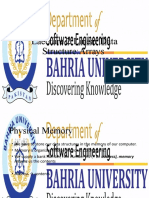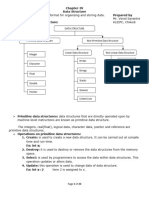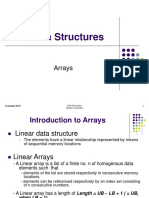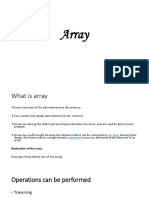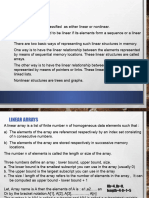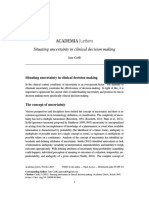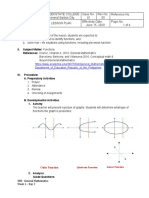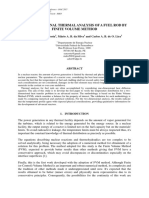0% found this document useful (0 votes)
8 views28 pagesLecture 2 Data Structure Arrays
The document provides an overview of linear data structures, specifically focusing on linear arrays and their representation in memory. It covers algorithms for insertion, deletion, and sorting (bubble sort), as well as searching techniques including linear and binary search. Additionally, it discusses multi-dimensional arrays and records, highlighting their characteristics and differences from linear arrays.
Uploaded by
far2566889Copyright
© © All Rights Reserved
We take content rights seriously. If you suspect this is your content, claim it here.
Available Formats
Download as PDF, TXT or read online on Scribd
0% found this document useful (0 votes)
8 views28 pagesLecture 2 Data Structure Arrays
The document provides an overview of linear data structures, specifically focusing on linear arrays and their representation in memory. It covers algorithms for insertion, deletion, and sorting (bubble sort), as well as searching techniques including linear and binary search. Additionally, it discusses multi-dimensional arrays and records, highlighting their characteristics and differences from linear arrays.
Uploaded by
far2566889Copyright
© © All Rights Reserved
We take content rights seriously. If you suspect this is your content, claim it here.
Available Formats
Download as PDF, TXT or read online on Scribd
/ 28























